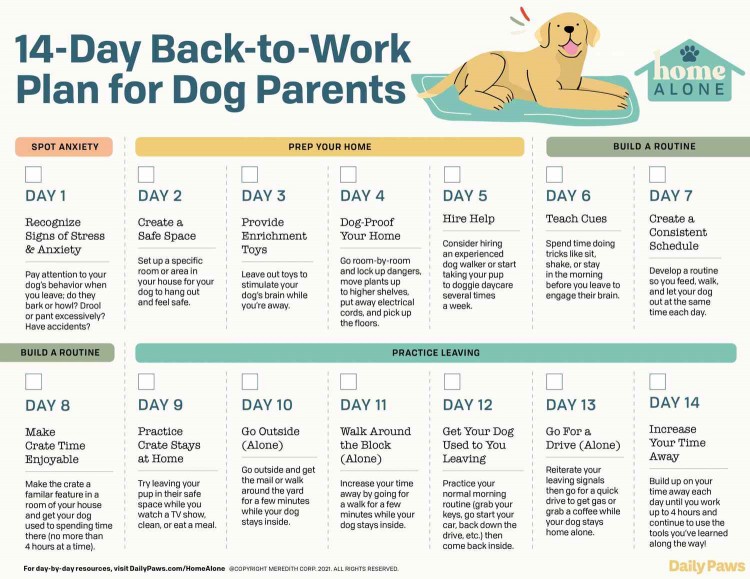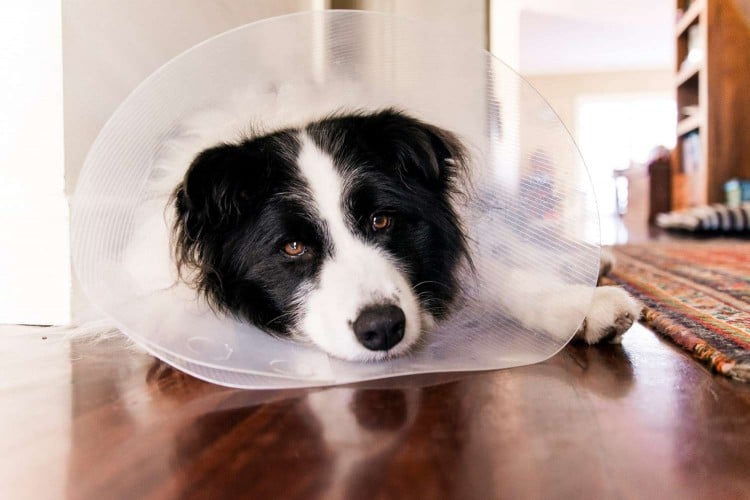
Lipomas, or fatty tumors, are fairly common benign growths in senior dogs. Lipomas are commonly found on breeds such as Doberman pinschers, Weimaraners, and Labrador retrievers, possibly because fatty tumor growths are easier to spot on short-coated dogs. However, they can show up on any dog, including mixed breeds. Find out how to identify a lipoma, what the treatment options are, and make sure you don't confuse them with a more potentially dangerous doggy health condition.
What Causes These Fatty Tumors in Dogs?
A lipoma is basically an overgrowth of fat cells. Overweight dogs are prone to them, but sometimes even fit dogs can develop a lipoma. It's possible that spayed and neutered dogs have a slightly higher risk of developing fatty tumors. Luckily, almost all lipomas are benign, meaning are typically not cancerous and they don’t spread to other tissues (metastasize). Although, fatty tumors can cause problems due to their bulk if they grow in locations such as the groin or armpit and interfere with your dog’s movement.
Could Your Dog Have Cancer? Keep an Eye Out For These Warning Signs
How To Identify a Lipoma on Your Dog
Most lipomas are smooth, round masses in the skin. They tend to be movable and are not painful to the touch (unlike an abscess or mast cell tumor) and the skin over them is normal. Some dogs will only get one or two lipomas, while other dogs grow many of them. These are usually located on the main body, but can show up on limbs as well.
On a clinic visit, your veterinarian will palpate any growths on your dog. Then, a lipoma can be identified by doing a small test called a needle aspirate. Your vet simply sticks a needle into the growth and removes some cells to examine on a slide under a microscope. No anesthesia is needed, as most dogs barely notice the sample being taken!
On the slide, fat cells will be evident and the only type of cell present in most cases. That gives you peace of mind, knowing it is not a malignant growth or cancer.
It’s important to not confuse a lipoma for lymphoma (cancer of the lymph nodes) or a liposarcoma, which is an unusual malignant type of fatty cancer. Liposarcomas tend to grow rapidly, infiltrate underlying tissues, and can spread. Aggressive surgery is required, often followed by radiation. Lymphoma is a type of cancer in dogs that can cause smooth masses from enlarged lymph nodes. They tend to grow rapidly (almost overnight). This is why it is so important to make sure you take your pet to the vet regularly and do self checks in between visits by feeling your dog’s body for lumps and bumps.
Dog Lipoma Removal and Treatment
In most cases, lipomas are left alone and require no treatment. Exceptions include if the growth is in a location or grows so big that it makes it uncomfortable for your dog to rest or move easily. Most lipomas are easily removed surgically, though. And if the growth has infiltrated underlying tissues, the surgery may be more involved.
Lipomas can’t be drained like a cyst and liposuction is not a common veterinary procedure at this time. Rarely, a lipoma may become injured and infected. In those cases, surgical removal is usually the best treatment. Often what you think might be an infected lipoma is actually an infected or abscessed sebaceous cyst. Those can be removed as well.
Some pet professionals advocate for using turmeric or homeopathic treatments on lipomas. None of these have been clinically tested. Do not add any herbal supplements without consulting your veterinarian, as they may interfere with other medication your dog is taking. Overall, the best route for dog lipoma treatment is to contact your veterinarian for advice and next steps.









Comments on " Lipomas in Dogs: What You Need to Know About These Fatty Tumors" :